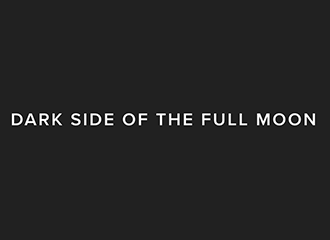Written By: Danielle Sinay
Published By: Glamour

For the Last Time: Body Types Are Not Trends
After a decade of Kardashian-pushed BBLs and full-figured physiques, celebrities are now openly discussing and displaying rapid weight loss, heralding the return of extreme thinness in media. But as history has repeatedly shown us, treating bodies as commodities you can “try on” is damaging and dangerous—and frankly something we, as a society, should have already evolved past.
If you grew up in the early ’00s, you’re probably intimately familiar with the era’s unrealistic beauty standards. In fact, as Glamour previously reported, that period was so uniquely and irrationally fatphobic that millennials are still coping with its effects. How could one forget the slew of fad diets, size 6 models scrutinized for being “too big” on TV, and the uproar over Jessica Simpson’s high-waist jeans? I certainly haven’t and neither have today’s diet-obsessed almond moms who are passing dangerous calorie counting on to their daughters.
Body standards are still very much part of today’s zeitgeist. In recent weeks multiple outlets have reported on the return of extreme thinness after Kim Kardashian-who is often credited for pioneering contemporary beauty standards- lost 16 pounds in two weeks for the Met Gala. This, paired with the return of early-aughts aesthetics overall, has prompted the spread of a troubling narrative: That era’s body standards are now “trending,” so much so that an article headlined, “Bye Bye Booty: Heroin Chic Is Back in Style,” went viral last week.
This slide backward was to be expected, though. “We are bombarded with images of women’s bodies throughout the day on social media, and the cultural obsession with female bodies is a money-maker for these platforms,” says Carrie Wasterlain, LCSW, director at young adult mental health treatment program The Dorm NYC. “The fact remains that we are still spending a massive amount of time discussing women’s bodies and what size they should be.”
Some experts actually believe “body positivity” wasn’t particularly impactful, or convincing, because the thin ideal never really went away. “It has merely shape-shifted through the years,” says Samantha DeCaro, PsyD, psychologist and director of clinical outreach and education at eating disorder recovery organization The Renfrew Center. “The thin ideal will exist as long as there is something to sell.”
Click here to read the full article.



